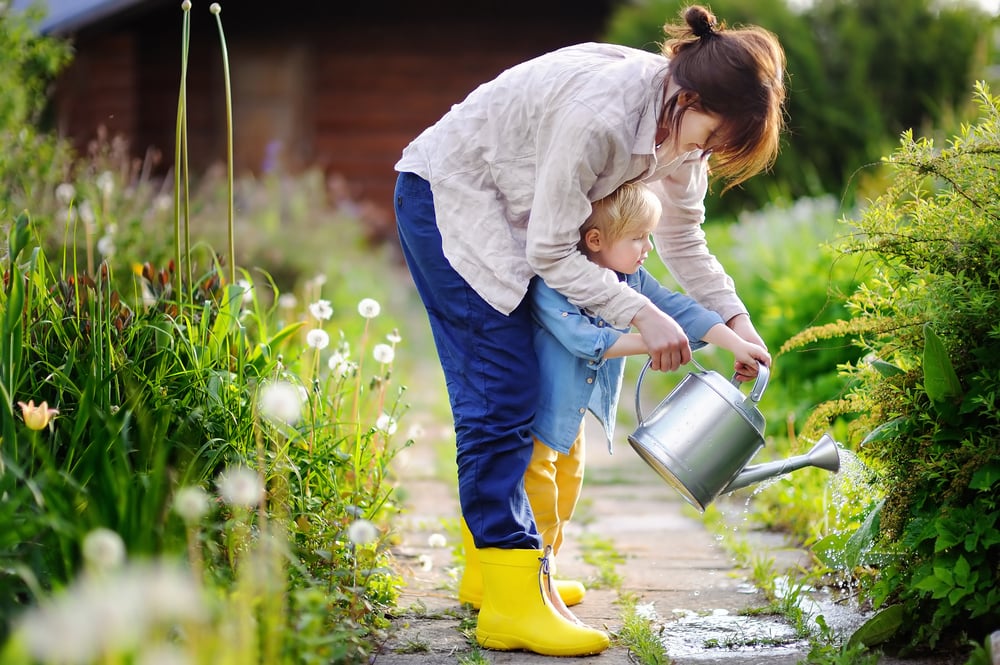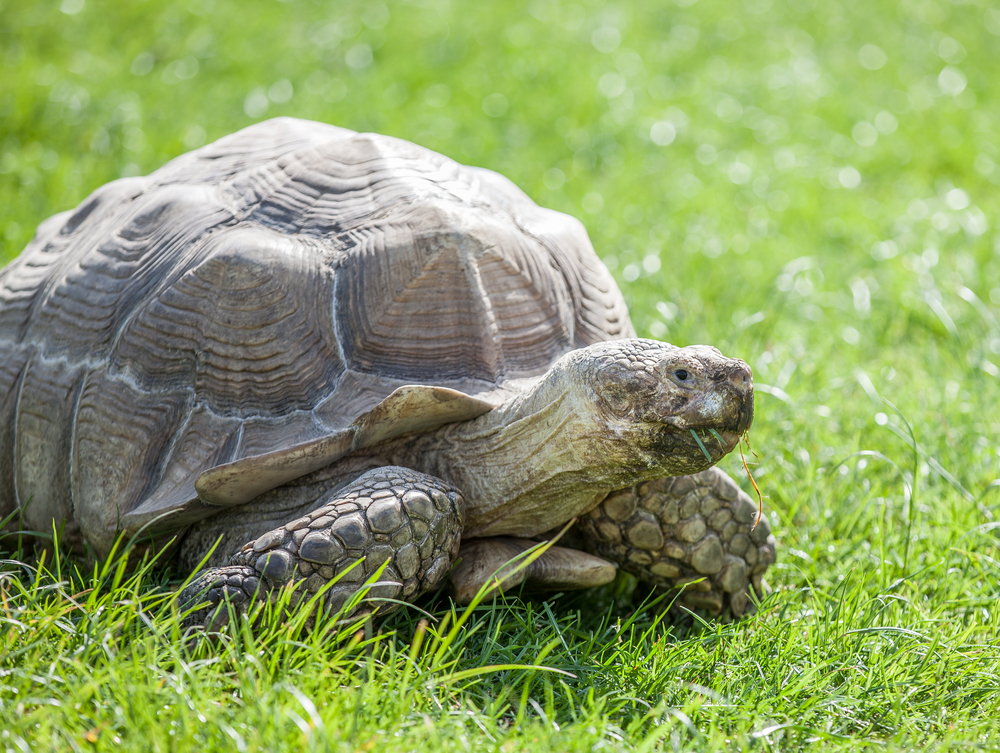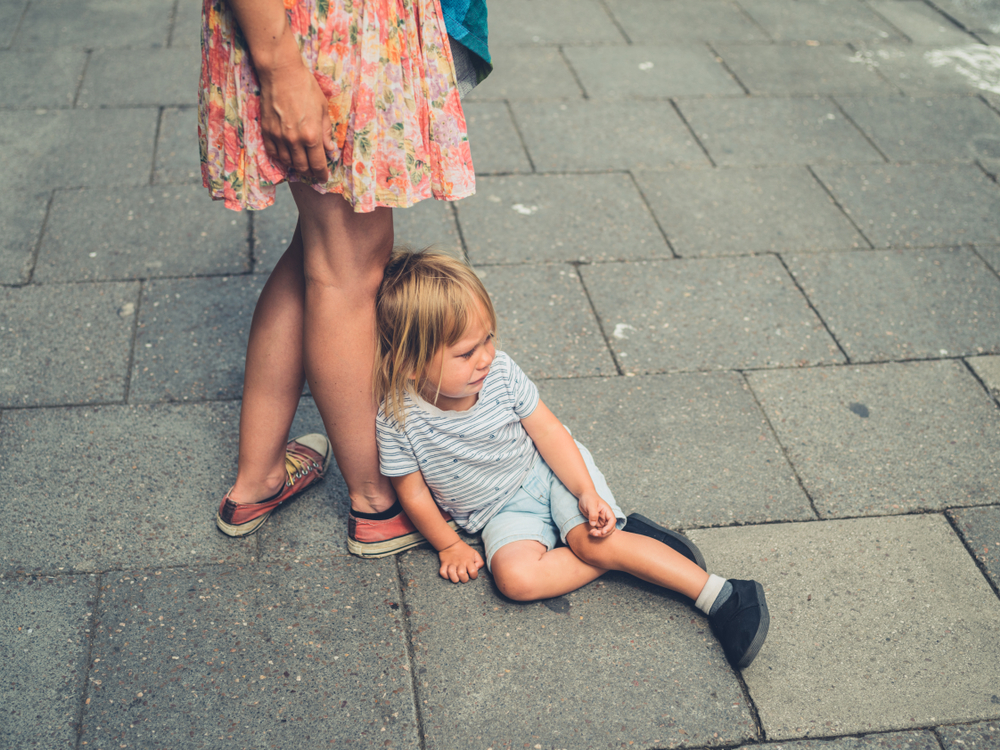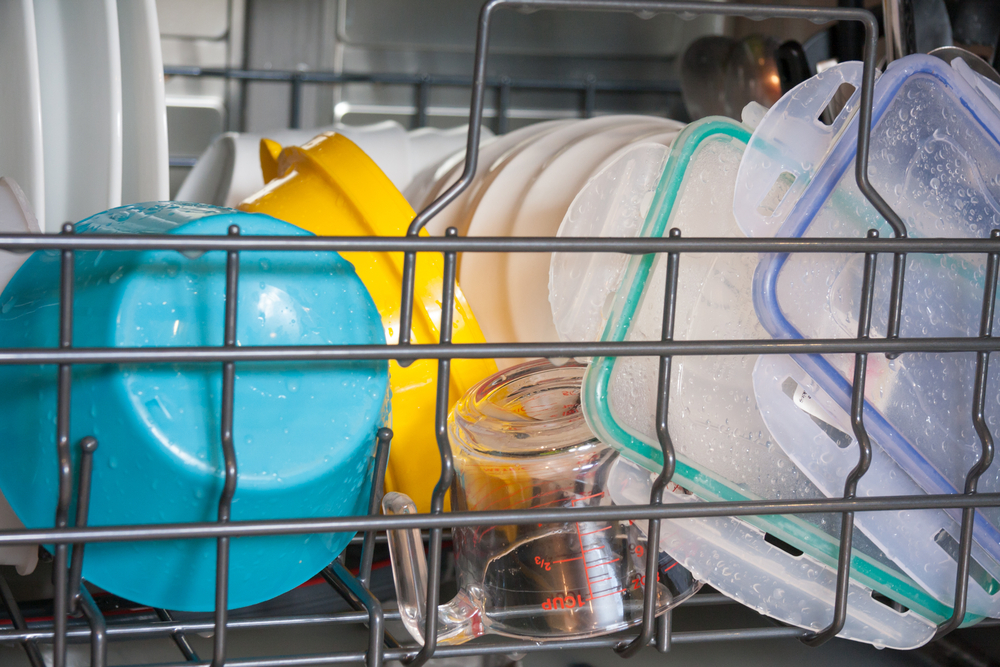It’s important to make sure that your outdoor plants get the water they need to thrive in the sun. Some homeowners opt to water their plants early in the day while others wait until dusk. What’s the best time to water? Read on to learn a few tips that will help your plants look their best.
Morning vs. evening
A lot of plant lovers insist that morning is the best time to water your plants. However, it depends. If you want to water in the morning, it’s best to use an overhead device to water the whole plant. This allows the leaves to dry before the hot sun comes out and burns them up. It will also keep fungus from growing on the leaves. But if you don’t have the chance to water your plants super early, it’s fine to do it at night. Just make sure that you spray the water down close to the roots where the plants need it the most.
Wilted plants- what can you do?
When your favorite peony or touch-me-nots droop on a hot summer day it could mean a number of things. Wilting can be caused by disease or pest issues or overwatering. Plants will also wilt during the hotter hours of the day as a defense mechanism but come back in the evening. Check on your plants at dusk to determine if the reason they wilted was because of temporary heat stress.
Annual and perennial plants
Annual plants, such as marigolds or impatiens, only have one growing season. Since their roots are shallow, they will need to be watered frequently when the days are hot. Most can take daily waterings.
Perennials, such as false indigos and butterfly weeds, have much deeper root systems. They are then able to tap into other water reserves when they aren’t being watered by you or the rain. Perennials only need to be watered about once or twice every week. Water perennials slowly in order to let the water seep down deep into the roots.
Annuals and perennials- what is the difference?
If you have container plants in your yard, the water you give them is almost like fertilizer. A well-irrigated plant will look lush and full while other plants that aren’t irrigated well become shabby and stunted. When the summer months roll around, watering rules are not as important for plants in containers. The best time will be one time in the morning and then one time in the evening. Choose pots that have an 18-inch diameter to cut down on how much water you use.
If you have a vegetable garden, you will need to provide your plants extra water when there is a heatwave. This is especially true for the following vegetables: celery, cauliflower, peppers, squash, radishes, and cucumbers. They need constant moisture in their soil to yield the best crop. Use drip irrigation to water your vegetable garden and avoid getting the leaves wet. If you have to water with sprinklers, do so in the early morning before the sun gets too high in the sky.





